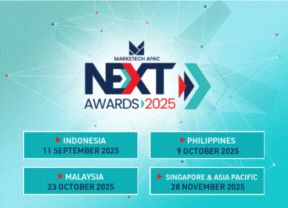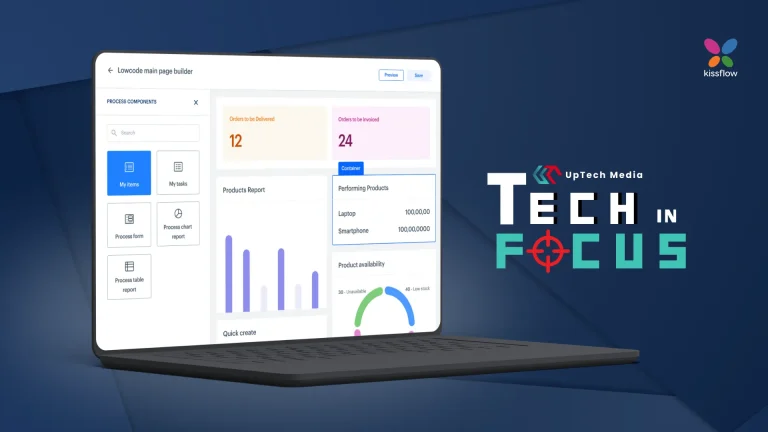Tokyo, Japan – A strong demand for faster and more efficient shopping solutions is driving the e-commerce scene in East Asia, noting China, Japan, and South Korea contributing 87% of the 2023 e-commerce sales value for Asia Pacific.
This was highlighted in the recent survey from market research firm Euromonitor International, where said countries are also anticipated to continue leading the total e-commerce by 2028 and capture 85% of the region’s retail e-commerce sales.
According to the report, marketplaces were also ranked the highest in terms of preference for health and beauty shopping among East Asians.
More specifically, the firm found retailers Tmall and Douyin have held more than 70% of the e-commerce market share in health and beauty online sales in China over the past two years.
Similarly, Japan and South Korea also found marketplaces dominate their health and beauty online sales, indicating Amazon and Rakuten in Japan and Coupang and Naver in South Korea remain relatively stable over the past two years.
Meanwhile, the food and drink sectors have also demonstrated growth, despite currently having lower online penetration in its early stages. Interestingly enough, China showed a strong e-commerce presence in most fast-moving consumer goods (FMCG) spending, recording a double-digit penetration online.
Sachi Kimura, consultant at Euromonitor International, remarked, “The demand for quick and efficient shopping solutions in the region is being driven by the tech-embracing, fast-paced nature of daily life in these three countries. E-commerce platforms are continuously evolving to meet the increasing need for convenience among consumers in East Asia.”
“Low penetration can suggest the product nature, and consumers’ preference is to shop in person. However, convenience seeking is pushing these categories towards online channels, with many opportunities lying ahead,” added Kimura.
Meanwhile, Yang Hu, insights manager for health and beauty Asia at Euromonitor International, shared, “Digital marketplaces are constantly evolving. Through various channel sales, businesses can gain dynamic insights into market trends, consumer preferences, pricing strategies, and promotional tactics.”
“This knowledge enables brands to identify gaps in the market, differentiate their offerings, and refine their own approach to stand out in a crowded digital landscape,” Yang Hu concluded.

















